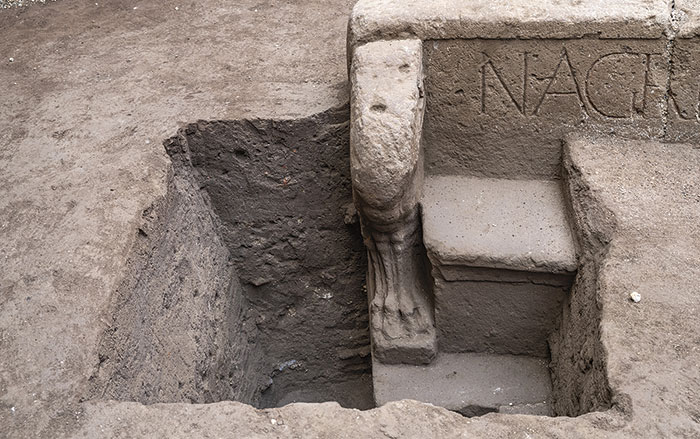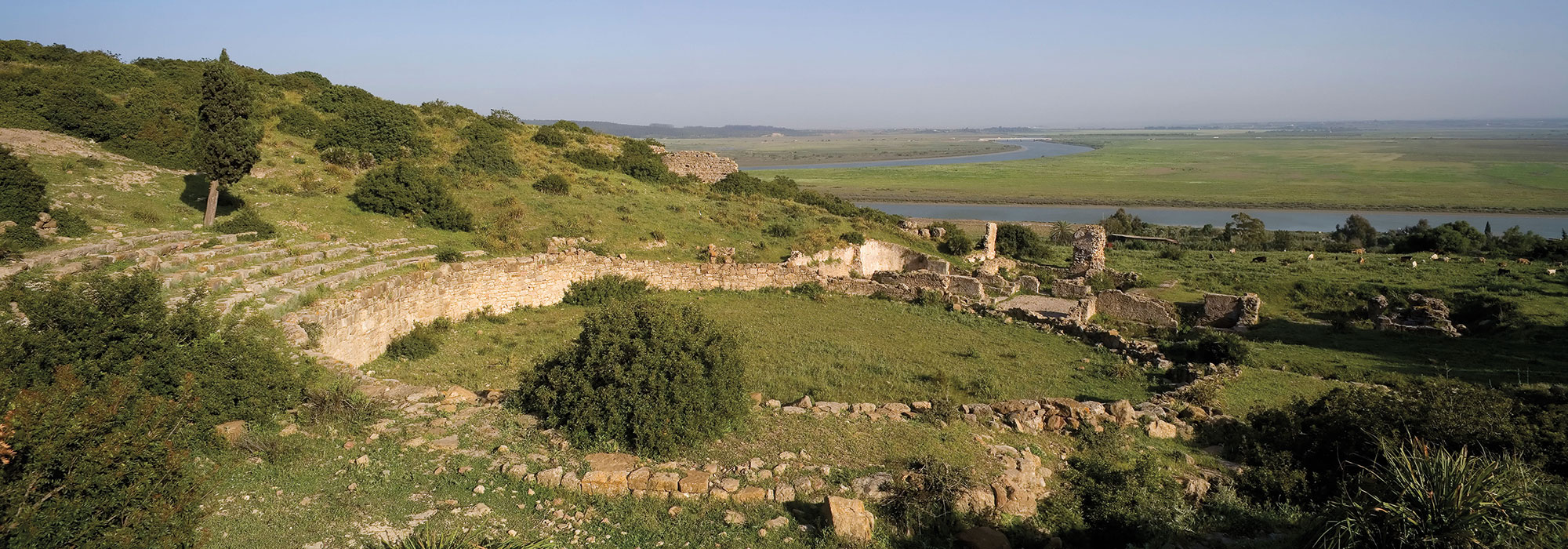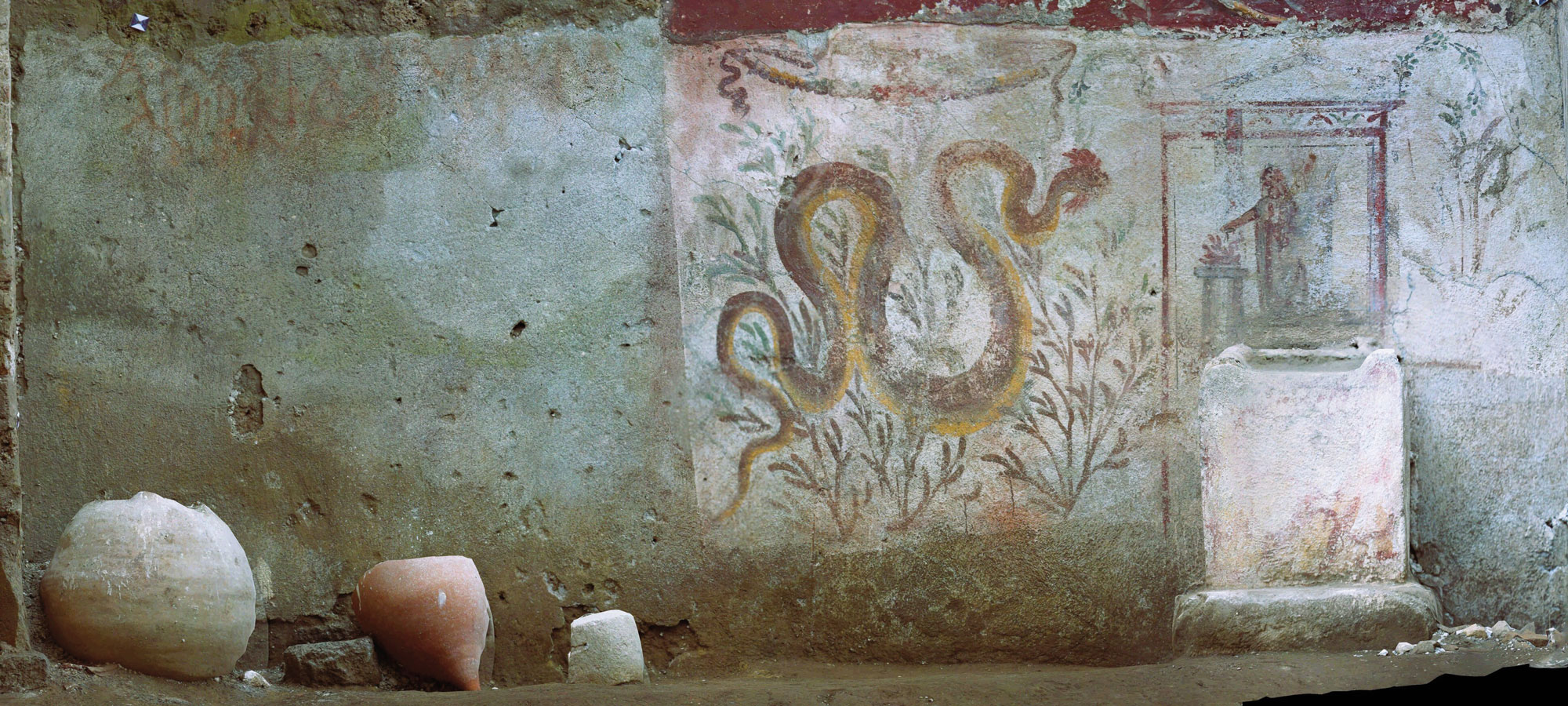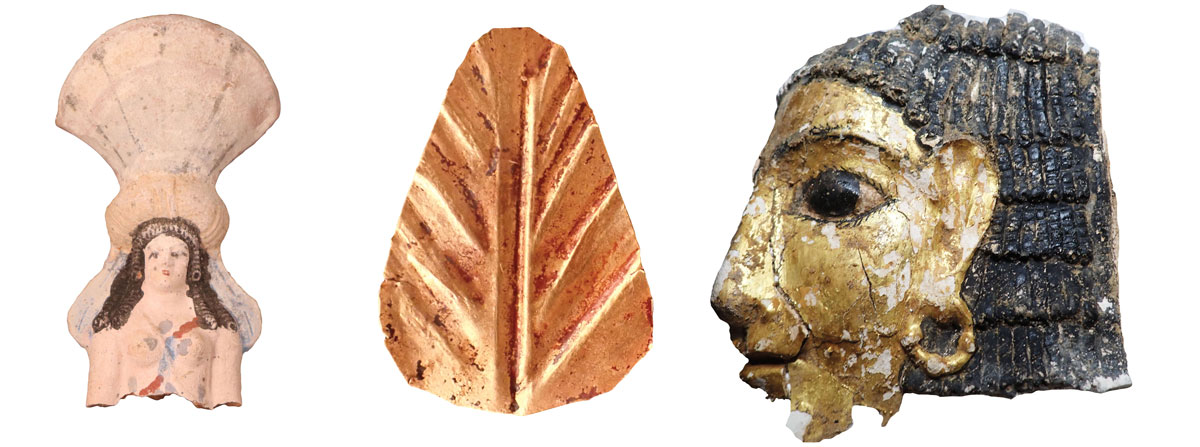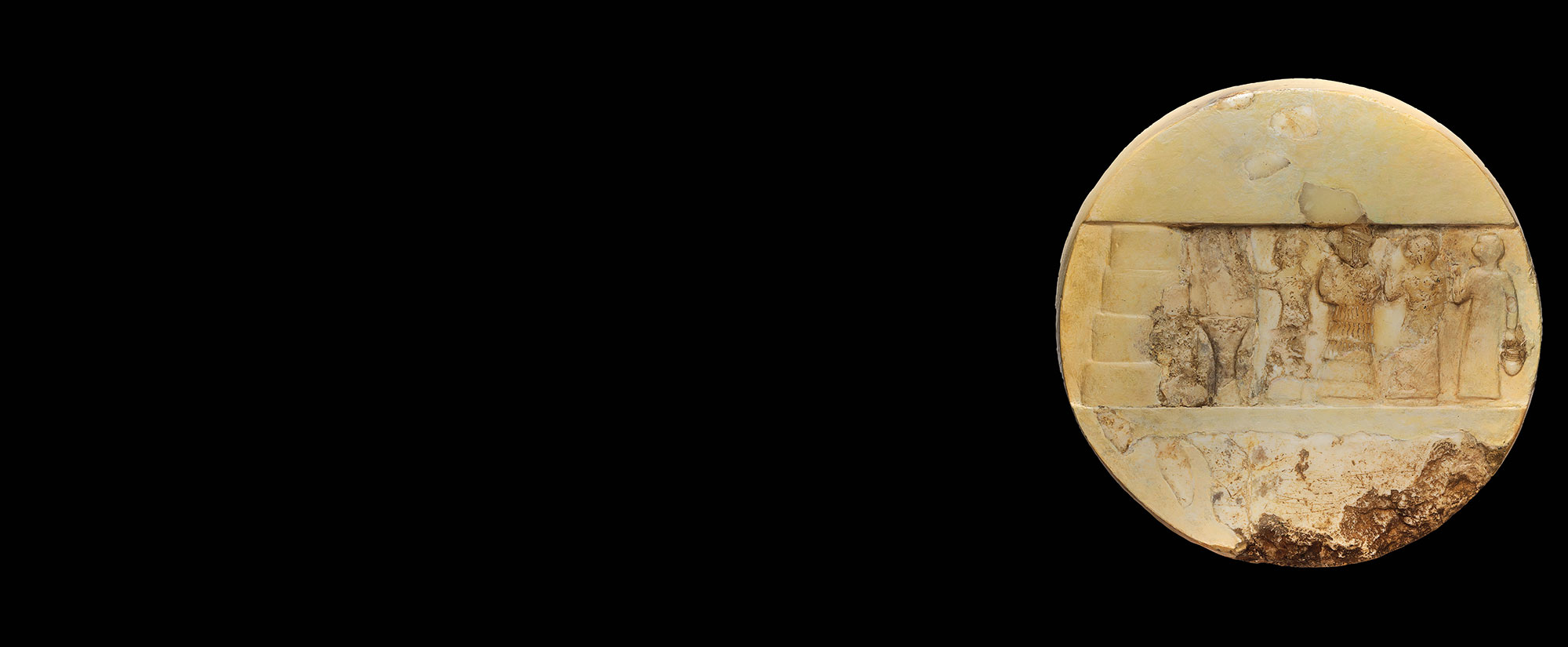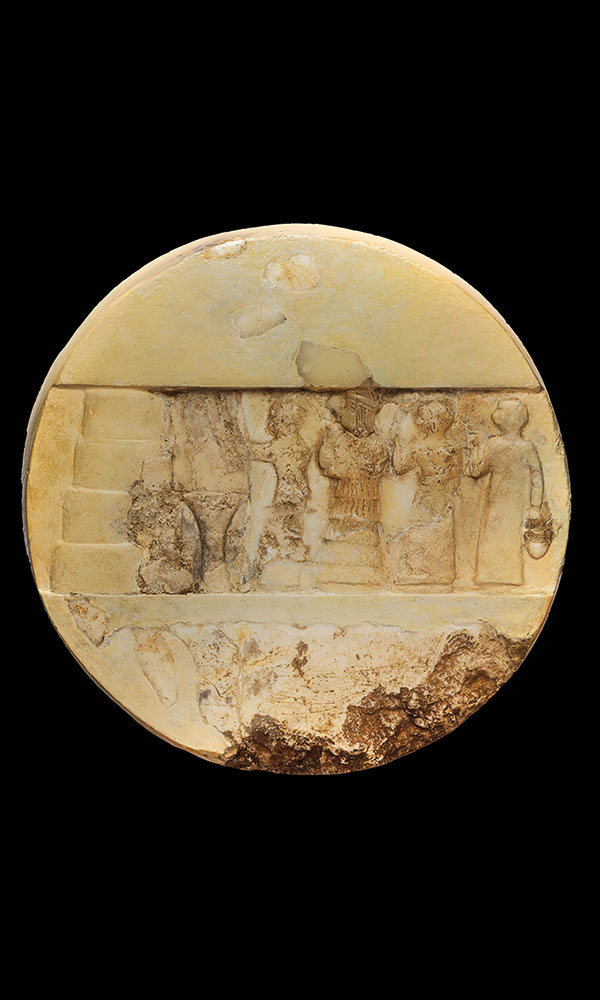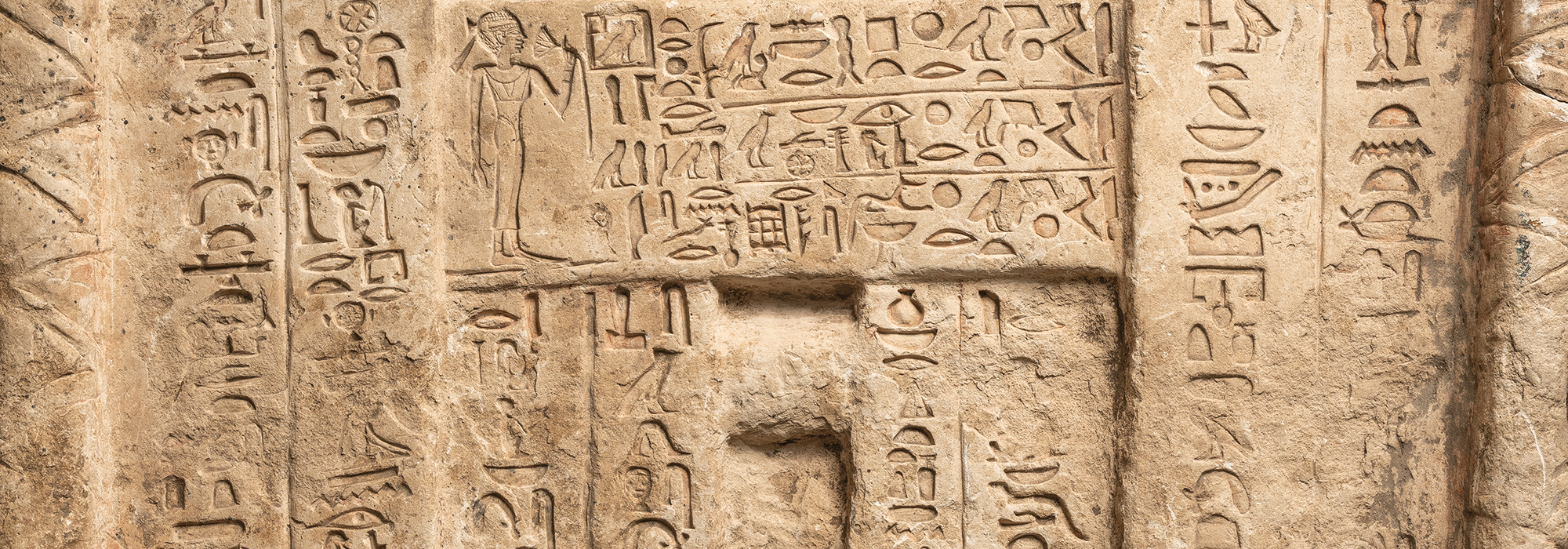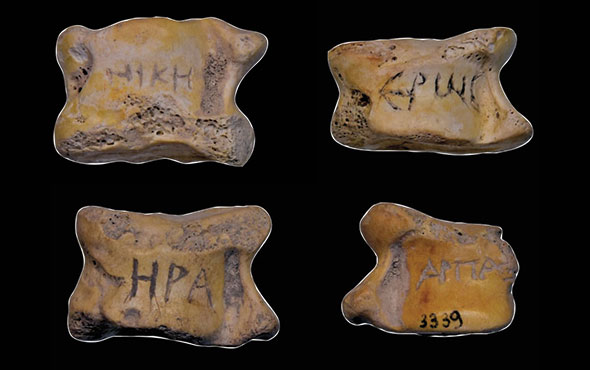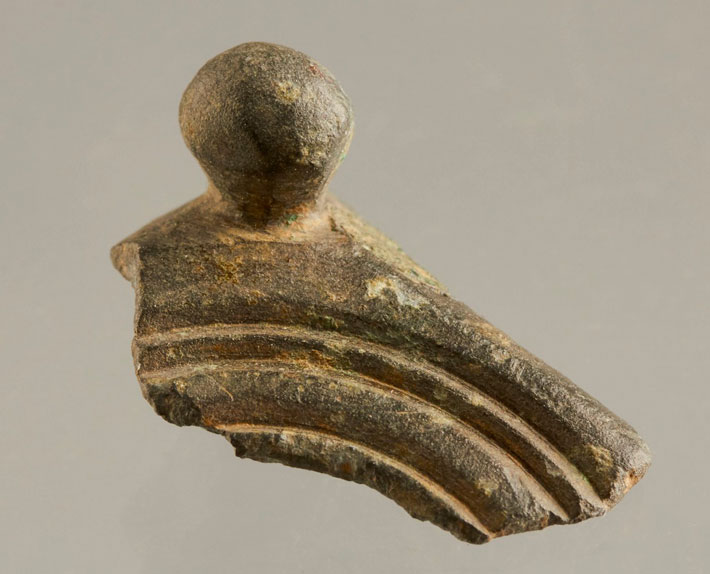
TONGEREN, BELGIUM—A metal detectorist discovered a fragment of a Roman dodecahedron thought to be more than 1,600 years old in a plowed field in northern Belgium, according to a Live Science report. The size of the fragment indicates that the whole object would have been about two inches across. Guido Creemers of the Gallo-Roman Museum said that researchers do not know how such objects, which have been unearthed in northern Europe and range in size from 1.5 to 4.5 inches across, were used. “There have been several hypotheses for it—some kind of a calendar, an instrument for land measurement, a scepter, etcetera—but none of them is satisfying,” Creemers said. He and his colleagues think they may have been used for fortune-telling or sorcery by Gauls or Celts—activities that were forbidden under the Christianity of the later Roman Empire—since this dodecahedron was deliberately broken and no written explanations for dodecahedrons have been found. Mural fragments from a possible Roman villa have also been found at the site. To read about Caesar's campaign in Gaul, go to "Caesar's Gallic Outpost," one of ARCHAEOLOGY's Top 10 Discoveries of 2012.


